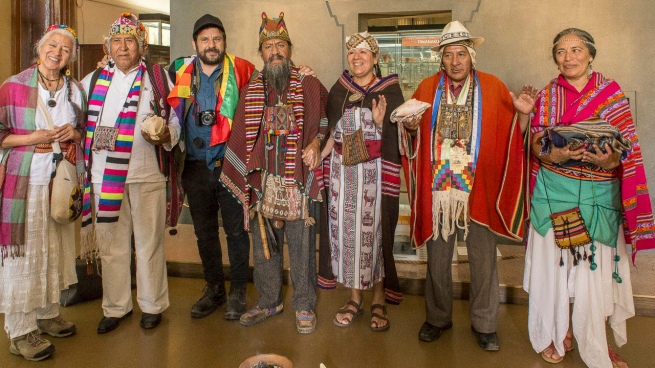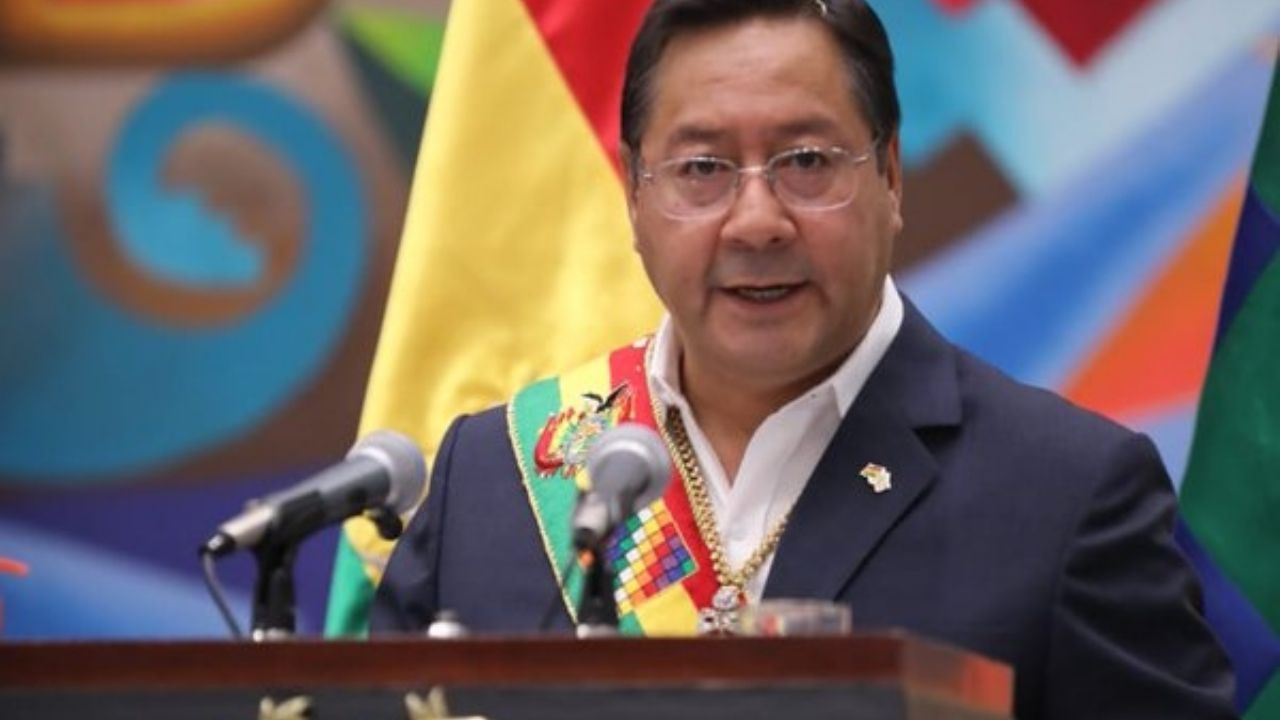Representatives of the Plurinational State of Bolivia will visit the city of La Plata on Tuesday to observe and coordinate the final details of the restitution of a group of sacred mummies that make up the collections of the Platense Museum, sources from the local Faculty of Natural Sciences reported. that cultural space depends.
The forensic anthropologist and technician in the registration of archaeological goods Luis Aurelio Castedo Zapata, advisor to the Ministry of Cultures, Decolonization and Depatriarchalization of the Plurinational State of Bolivia, will arrive next week to the country to coordinate the task with authorities from the Faculty of Natural Sciences and the Museum of La Plata.
The specialist in restitutions of the National Institute of Indigenous Affairs (INAI), Fernando Pepe explained that the INAI approved last year the restitution of the sacred and ancestral remains to Tiawanaco and that “for the INAI it is very important to advance with these restitutions to communities of Brother countries”.
“From the Platense museum we have already carried out the restitution of the Niña Damiana to the communities of the Aché people of Paraguay, we are on the eve of the restitution to Chile of the young Yagán Maish Kensis who died in the Museo de La Plata in 1894, and now this step towards sister Bolivia”.
“This is a tremendous achievement for the claimant communities. We are on the path of reparation and that strengthens us”he claimed.
In 2005, the Mink’akuy Tawantisuyupag community promoted the claim for the restitution of these mummies, and throughout these years other communities from both Argentina and Bolivia were added, which added to the predisposition of the authorities of the Museum of La Plata has opened the doors to what will be according to what they say in that academic unit “the most important restitution in the history of the platense museum”.
Last October, in front of the Platense Museum, a sacred ceremony was carried out by the amauta Wari Rimachi where, in addition to making this claim visible, one of the requested mummies was given a proper name, so that this human remains would no longer be considered a “collector’s item”.
As the communities explained on that occasion, the wise women had a vision that allowed them to know the name that mummy should have: Nayra (sacred eye), so the remains of that woman stopped bearing the name that was exhibited in the museum’s showcases until 2006, when a poster warned that it was a “Mummy of the Tiawanaco culture.”
“For us it is a relative, within the Andean lineagesand it was necessary to give it a name so that we can mention it in the ceremonies,” Mama Kantuta Killa, from the Quechua people, who organized the emotional ceremony held that noon in front of the La Plata Museum, where Nayra Qori Ñawi awaits, explained to Télam on that occasion. be returned to his village.
He stressed that “we want to honor her, not see her behind glass, but in her sacred place where we can make offerings to her, play a song for her. We need to experience them, they are part of our lives and rituals.”








